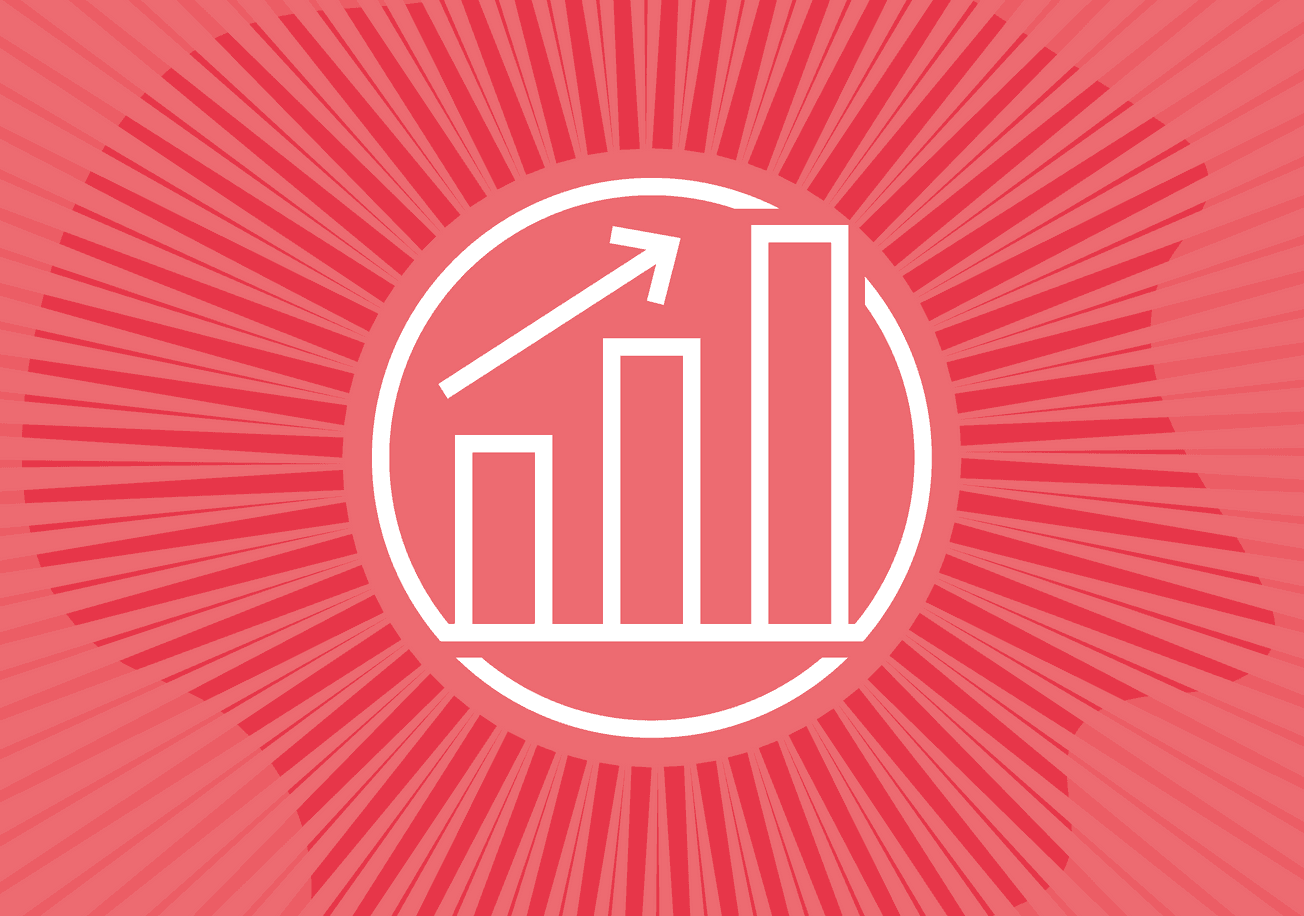Just because data exists, doesn’t mean it is accessible, clean, or integrated across business processes at organizations. And while analytics and AI is proven to drive revenue, consumers today are more concerned about how their data is used and less trusting of the security of their private information.
Credit unions can differentiate themselves by building an ecosystem to use data as an essential tool to drive business decisions and gain back member trust.
The Center of Excellence for Data Analytics and the Future of Financial Services hosted its inaugural research event on January 26-27, 2021. Filene Fellow Dr. Cheri Speier-Pero, academics and industry leaders shared insights on how to launch, maintain, and gain the most from a data analytics program, and ultimately, how to be better prepared to make rapid shifts in strategy and decision-making. We’ve collected four of those insights from our Center of Excellence Sponsors who served as panelists during this event to help you think through the core parts of your analytics journey.

1. Create buy-in.
Introducing [data analytics] across our organization has allowed us to work with every department in the credit union. This has afforded us the opportunity to better understand what each department needs from our data and how we can deliver information that provides valuable insights into performance, risks, and opportunities. Providing the organization with valuable data that is useful and actionable as they make their business decisions has created this buy-in. Incorporate collaboration and partnerships to help develop your analytics strategies throughout the organization.

Sara Dolan
CFO
Michigan State University Federal Credit Union

2. Educate leadership.
Data analytics is not just a scientific challenge. It is also a leadership challenge. There have to be advocates at the top. When we train our leaders to know enough about data, data will be invited to the table and made a part of project planning and strategic planning up front. This will encourage leaders to think proactively around the use of data and the organization as a whole will follow.

Harry Zhu
CFO
Alliant Credit Union

3. Start small.
It may be better off building an ecosystem around 10% of your data. Be clear on what data is important and this will guide you on where to make the investments. Starting off small can help drive the biggest value rather than trying to build around your entire historical data collection. Start with the business problem. You don’t need to go from A to Z overnight.

Harald Schneider
VP
Visa

4. Think outside the box.
Find creative ways to fill the gaps on capabilities. When our credit union wanted to start a machine learning program we did not have the necessary funding. After meeting with a professor at a Filene event, we were able to tap into their Masters and PhD program to get students to support our project while they worked towards their thesis. We were able to get innovative without spending too much money or time. We started small, implemented something with a non-traditional partner, and made it work for our strategy.

Bhavesh Shah
VP, Enterprise Data Management
Kinecta Federal Credit Union














